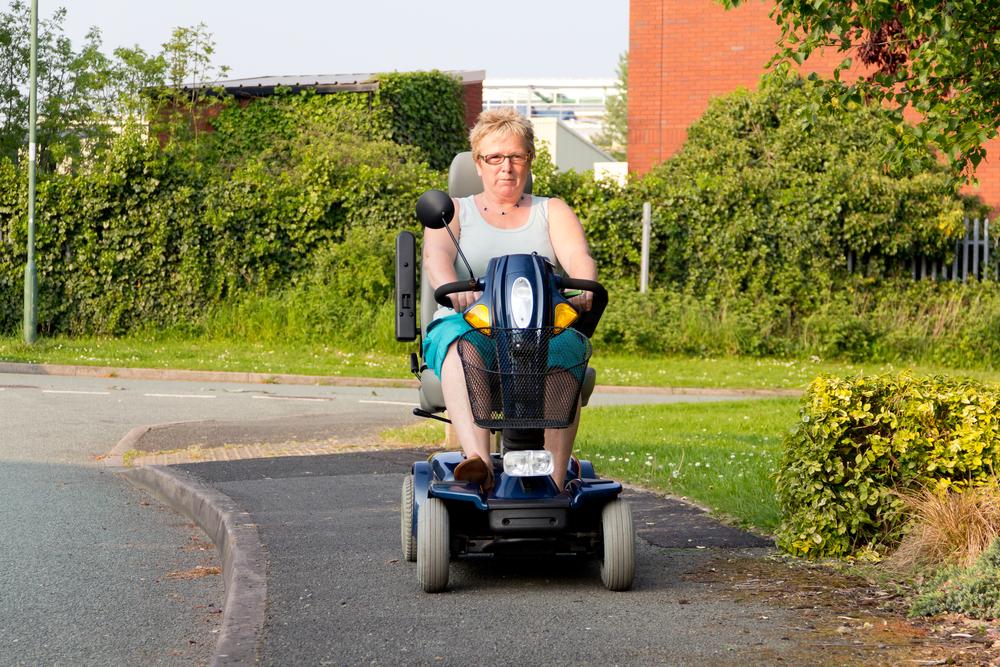Everything You Need To Know About A Mobility Scooter
The mobility scooter is an aid in movement, developed for people having some kind of disability or those who have difficulty walking. Many elderly people who find it difficult to walk, choose to use a mobility scooter to help them move around. While mobility scooters help in improving the life of their users it can also result in decreased physical abilities as a result of the sedentary nature. The mobility scooter is taken into consideration to be an assistive technology.

Below is some information about the different types of mobility scooters and more.
What are the different types of mobility scooters?
- Some mobility scooters are user-powered, small in size, but without battery or motor, user-powered propelled by a central lever drive (CLD), it is a push-pull rowing motion to provide mobility as well as exercise at the same time.
- Small and light mobility scooters for travel that can be folded or easily unassembled into smaller parts for transport.
- There are also large and heavy mobility scooters that can be used for the rough outdoor terrain.
- Mid-sized mobility scooters are also available that are intended for both indoor and outdoor use.
What are the eyesight requirements for driving mobility scooters?
- There is no specific eyesight requirement for driving mobility scooters or powered wheelchairs.
- But one requires to be able to read a vehicle’s registration number from at least a distance of 12.3 meters (40 feet). An individual must keep a check on whether this can be done regularly.
- One may have to pay compensation if they have an accident and poor eye-sight is found to be the cause of the accident.
What are the types of mobility scooter insurances?
There two types of Insurance available for mobility scooters, they are:
- Policies that cover the repair and replacement of the mobility scooter in case of damage or robbery.
- Policies that cover claims made in opposition to an individual if they cause an injury to someone or damage a property.
How long does a mobility scooter’s battery last?
- The battery life depends on the distance one travels.
- Most of the mobility scooters require a full eight-hour charge after use. Charging for a shorter time reduces the battery life.
- On an average, a battery should last for 18 months to 2 years with average use.
How often and how should one service a mobility scooter?
- A mobility scooter needs to be serviced at least once a year.
- It is recommended that one gets the mobility scooter serviced by a qualified engineer, especially, if it is used on the road.
- In addition to the annual service that is obviously required, the manual of the mobility scooter model will also help one with regular and proper service of their vehicle.
- It is important to keep in mind that a mobility scooter still has important safety elements, including brakes that need to be checked.
What type of mobility scooter does one need?
- There are two legal categories of mobility scooters class 2 for use on pavements and class 3 that can also go on roads.
- Choosing a suitable mobility scooter depends on specific disability or certain travel needs.















